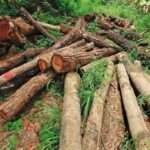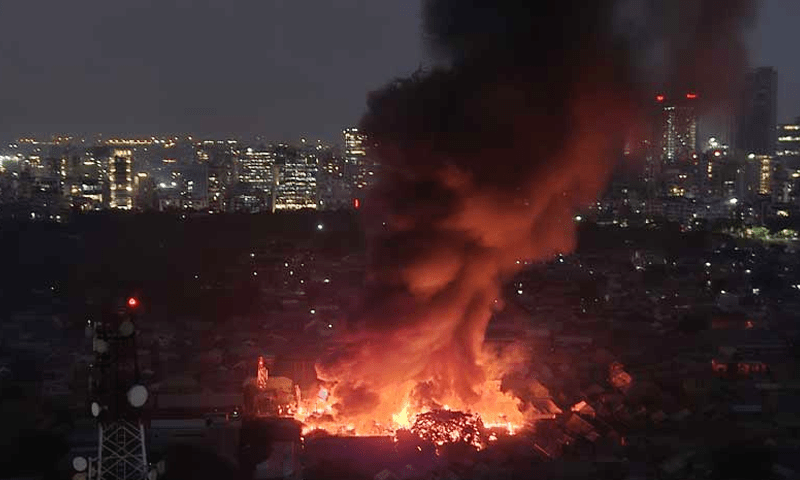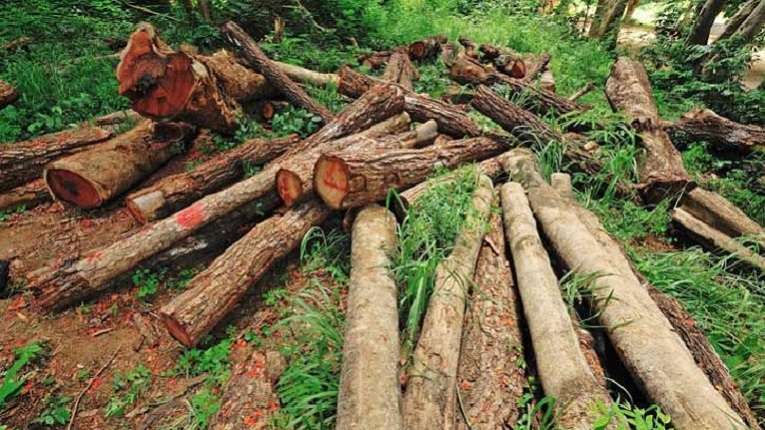Introduction-
Judgebari, located in the culturally enriched district of Kushtia, Bangladesh, is one of the most remarkable remnants of British colonial rule. Known for its majestic architecture and historical significance, Judgebari stands as a symbol of justice, colonial governance, and socio-cultural transition. Though often overshadowed by more famous tourist destinations, this heritage site offers a fascinating glimpse into the administrative past of Bengal.
In this blog, we will explore Judgebari’s origin, architectural style, role in local governance, how to visit, and other essential travel information. Whether you are a history enthusiast, a cultural explorer, or simply a curious traveler, Judgebari is a destination worth discovering.
What is Judgebari?-
Judgebari literally translates to “Judge’s House.” It refers to a colonial-era residence or office used by district judges or high-ranking British officers during the British Raj. The Judgebari in Kushtia was one such administrative hub, where legal proceedings, governance decisions, and land settlements were conducted.
Its elegant colonial architecture, serene garden premises, and strong cultural presence have turned it into a notable landmark within the local community.
Historical Background of Judgebari-
The history of Judgebari dates back to the late 19th century, when the British colonial administration established district and sub-district level judicial and administrative offices across Bengal. Kushtia, being a strategic river-side town, quickly developed into a center of trade, culture, and governance.
Judgebari served as the residence and working premises for British judges and later, for local administrative officers. The building played a crucial role in local disputes, civil cases, land reforms, and British law enforcement systems.
After the independence of Bangladesh, the house remained under government use for a time, before being recognized as a heritage site by local authorities.
Architectural Features-
Judgebari is a prime example of British colonial architecture in rural Bengal. Its structure and design elements are distinctive and symbolize the blend of European and South Asian styles.
Key architectural features include:
- Colonial columns and porticos
- High ceilings and large wooden doors
- Decorative cornices and stone flooring
- Verandas surrounding the structure for ventilation
- Gardens and open courtyards in front and back
The building’s use of symmetry and proportion reflects the aesthetic preferences of the British elite, while its adaptation to local climate and materials makes it unique to Bengal.
Cultural and Social Importance-
Judgebari was not only a center of justice but also a place of social and cultural influence. During the British period, such houses often hosted official gatherings, public hearings, and even cultural events.
Today, Judgebari stands as a symbol of heritage and memory, preserving the evolution of governance and the struggles faced during colonization. Local schools, researchers, and travelers often visit the site to connect with the past.
Moreover, Judgebari inspires local literature and folklore, with many tales told of dramatic court hearings, ghost stories, and revolutionary secret meetings that allegedly took place within its walls.
How to Reach Judgebari-
Judgebari is located in Kushtia Sadar, within easy reach from various towns and cities in western Bangladesh.
- By Road: Regular buses from Dhaka, Rajshahi, and Khulna travel to Kushtia. From Kushtia town center, Judgebari is approximately 10-15 minutes by auto-rickshaw or CNG.
- By Train: The nearest railway station is Kushtia Railway Station. From there, local transport is easily available.
- By Air: The nearest airport is Jessore Airport. You can take a bus or car from Jessore to Kushtia (around 3 hours).
Make sure to use a local map app or inquire at your hotel for accurate directions.
Nearby Attractions
While visiting Judgebari, consider exploring these other notable sites in Kushtia:
- Shilaidaha Kuthibari (Rabindranath Tagore’s residence)
- Lalon Shah Mazar in Cheuriya
- The Gorai River and bankside picnic areas
- Mir Mosharraf Hossain’s Residence
- Muktijuddher Smriti Bishorjon (Freedom War Memorials)
Entry Rules and Visiting Etiquette-
As a historical site, Judgebari deserves respectful behavior from all visitors. Follow these basic guidelines:
- Entry: Check with the local administration or tourism office for opening hours
- Photography: Allowed in most areas, but avoid flash photography
- Touching artifacts: Avoid touching old structures to preserve integrity
- Cleanliness: Keep the premises clean; do not litter
- Noise: Maintain silence to respect the heritage and surroundings
Best Time to Visit Judgebari
The best time to visit Judgebari is during the cooler months of November to February, when the weather is pleasant for walking tours and sightseeing.
Avoid the peak summer months (April–June) as the heat may be uncomfortable, and monsoon season (July–September) due to heavy rain and potential flooding in nearby areas.
Try visiting in the morning or late afternoon for ideal lighting and fewer crowds.
Conclusion-
Judgebari in Kushtia is much more than a relic of the British Raj. It stands as a witness to the transformative years of Bengal’s history—spanning colonial rule, independence, and modern development. From its architectural brilliance to its deep cultural roots, Judgebari remains a must-visit destination for anyone interested in the past.
If you’re planning a trip to Kushtia, make sure to add Judgebari to your itinerary. Whether you’re a history buff, a photographer, or simply a curious traveler, this site will leave a lasting impression on your heart and mind.
Frequently Asked Questions (FAQs)-
Q1: What is Judgebari in Kushtia?
A: Judgebari is a British-era judge’s residence and administrative building located in Kushtia, Bangladesh.
Q2: When was Judgebari built?
A: Judgebari was constructed in the late 19th century during British colonial rule.
Q3: Is Judgebari open to the public?
A: Yes, in most cases it is open, but it’s best to verify with local tourism offices for current visiting policies.
Q4: What is the architectural style of Judgebari?
A: Judgebari features British colonial architecture with adaptations to Bengal’s climate, including large verandas and high ceilings.
Q5: Are there guided tours available at Judgebari?
A: Guided tours may be arranged through local tourism boards or academic institutions.
Q6: Can I take photographs inside Judgebari?
A: Yes, photography is generally allowed, but visitors are advised to be respectful and avoid flash.
Q7: What other places can I visit near Judgebari?
A: Nearby attractions include Shilaidaha Kuthibari, Lalon Shah Mazar, and the Gorai River banks.
Q8: Is Judgebari family-friendly?
A: Absolutely. It is a safe and educational place for families and students alike.














